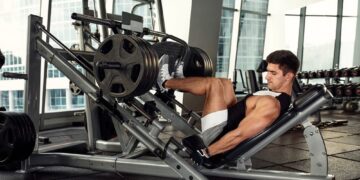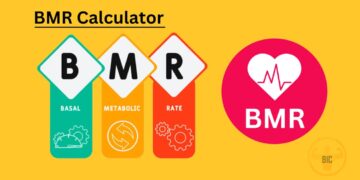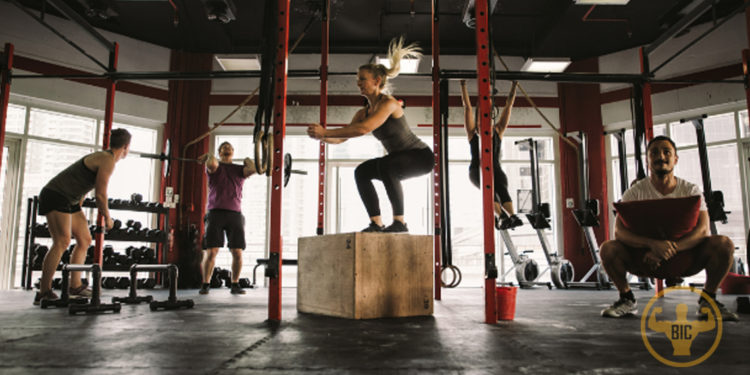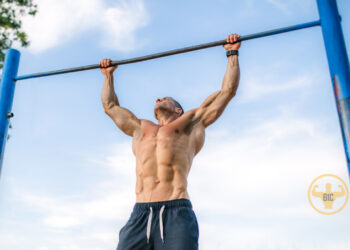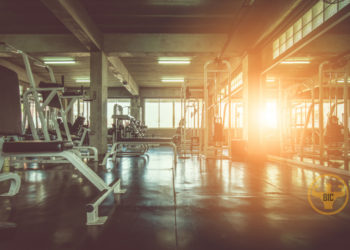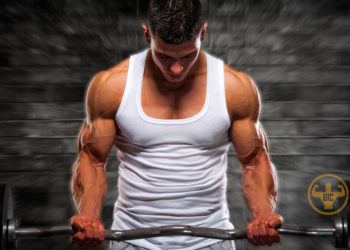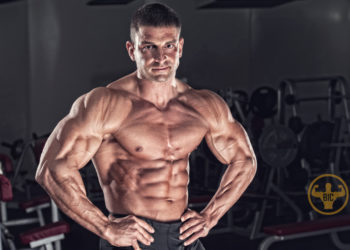If you’re a bodybuilding enthusiast looking to take your fitness journey to the next level, incorporating functional training routines into your regimen can be a game-changer. While traditional bodybuilding focuses on isolated muscle groups, functional training emphasizes movements that mimic real-life activities, promoting overall athleticism, strength, and stability. In this article, we’ll delve into the world of functional training and explore how it can elevate your bodybuilding experience.
Introduction to Functional Training
Defining Functional Training: Functional training is a fitness approach that emphasizes movements that simulate real-world activities, enhancing your body’s ability to perform everyday tasks efficiently. Unlike traditional bodybuilding, which often focuses on isolating specific muscle groups, functional training engages multiple muscle groups simultaneously.
Benefits for Bodybuilders: Incorporating functional training routines can bring a multitude of benefits to bodybuilders. It improves overall athleticism, enhances muscle coordination, and increases core strength. Furthermore, functional training can help prevent imbalances that might arise from solely focusing on isolation exercises.

Key Principles of Functional Training
Multi-Planar Movements: Functional exercises involve movements across different planes, such as side-to-side, rotational, and vertical movements. This prepares your body for a wide range of motions, translating into better performance both in and out of the gym.
Core Engagement: Many functional exercises inherently engage the core muscles. This leads to improved core strength and stability, which are vital for maintaining proper posture and reducing the risk of injuries.
Proprioception and Balance: Functional training challenges your body’s proprioceptive abilities, which are crucial for balance and spatial awareness. Improved proprioception contributes to better coordination and agility during workouts and daily activities.
Incorporating Functional Exercises
Squat Variations: Perform squats with added rotational movements, using a medicine ball or dumbbell. This targets the core while enhancing lower body strength.
Deadlift with a Twist: Incorporate a twist or rotation at the top of a deadlift. This engages the obliques and challenges your balance.
Push-Ups with Rotation: During a push-up, rotate your body and extend one arm towards the ceiling. This activates the core and works the stabilizing muscles.
Medicine Ball Slams: This explosive movement works your entire body, from the legs to the shoulders. It’s a fantastic exercise for power and cardiovascular fitness.
Full-Body Functional Workouts
The Dynamic Circuit: Create a circuit of functional exercises, such as kettlebell swings, box jumps, and mountain climbers. Perform each exercise for a set time before moving to the next, promoting cardiovascular fitness and muscular endurance.
Agility and Strength Fusion: Combine agility ladder drills with strength exercises like squats and push-ups. This fusion challenges your body in various ways, enhancing both speed and power.
Total Body Power Routine: Incorporate plyometric exercises like burpees, tuck jumps, and medicine ball throws. These explosive movements enhance muscle power and coordination.

Integration with Bodybuilding
Enhancing Muscle Recruitment: Functional training can lead to better muscle recruitment and synchronization. This can amplify your gains in traditional bodybuilding exercises.
Injury Prevention: By improving balance, stability, and joint strength, functional training helps reduce the risk of injuries during intense bodybuilding workouts.
Plateau Busting: If you’ve hit a plateau in your bodybuilding progress, integrating functional training can provide a fresh stimulus for growth.
Nutritional Considerations
Fueling Functional Workouts: Since functional training can be demanding, ensure you’re properly fueled with a balanced diet rich in protein, carbohydrates, and healthy fats.
Post-Workout Recovery: Recovery is essential after functional workouts. Consume a protein-rich meal or shake to support muscle repair and growth.
Balancing Functional and Traditional Training
Finding the Right Mix: Experiment with different ratios of functional and traditional bodybuilding exercises to find what works best for your goals.
Tailoring to Individual Goals: Depending on whether you prioritize muscle size, strength, or endurance, you can adjust the emphasis on functional training accordingly.

Measuring Progress and Results
Tracking Athletic Performance: Monitor improvements in agility, speed, and balance to gauge the effectiveness of your functional training routine.
Visual Transformations: Document your journey with photos to observe changes in muscle definition, posture, and overall physique.
Staying Consistent and Motivated
Enjoying the Process: Functional training introduces variety and challenges, making your workouts more engaging and enjoyable.
Celebrating Milestones: Set small milestones and reward yourself as you achieve them, creating a positive feedback loop for consistent progress.
Conclusion
Incorporating functional training into your bodybuilding routine offers a holistic approach to fitness. By enhancing athleticism, promoting core strength, and preventing imbalances, functional training complements traditional bodybuilding exercises. Embrace the dynamic and engaging nature of functional training as you strive for a well-rounded and powerful physique.
FAQs
Q1: What is functional training?
Functional training focuses on movements that mimic real-life activities to improve overall athleticism and strength.
Q2: Can I do functional training alongside bodybuilding?
Absolutely! Integrating functional training can enhance your bodybuilding experience by promoting muscle coordination and preventing injuries.
Q3: How often should I incorporate functional workouts?
You can include functional workouts 2-3 times a week, adjusting the frequency based on your recovery and goals.
Q4: Do I need special equipment for functional training?
While some exercises may require equipment like medicine balls or kettlebells, many functional exercises can be done using just your body weight.



